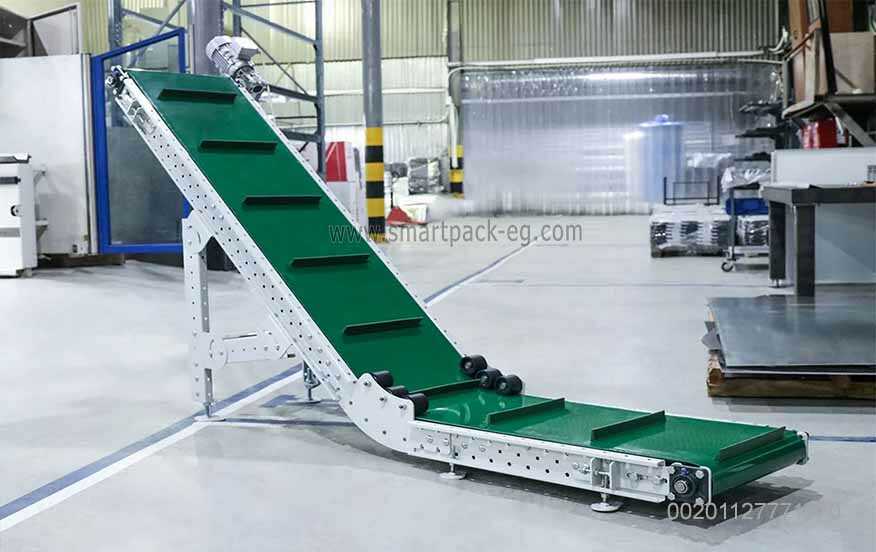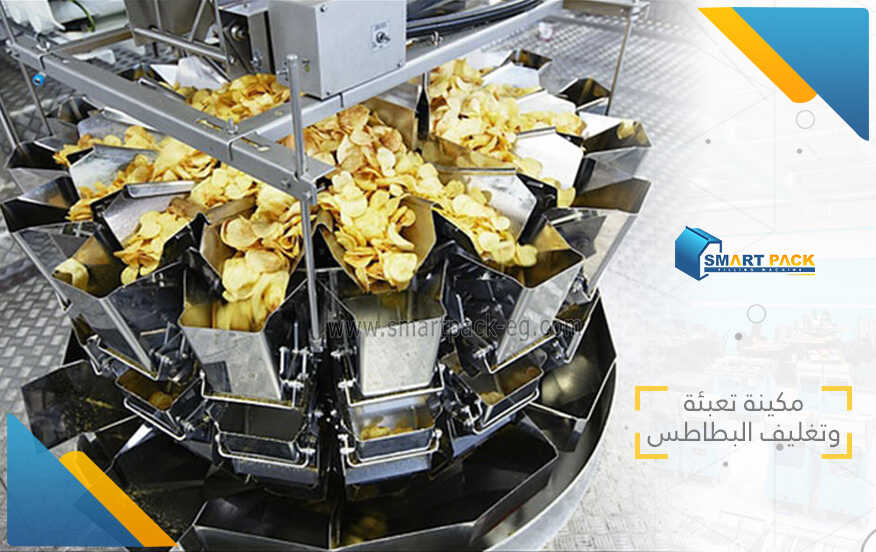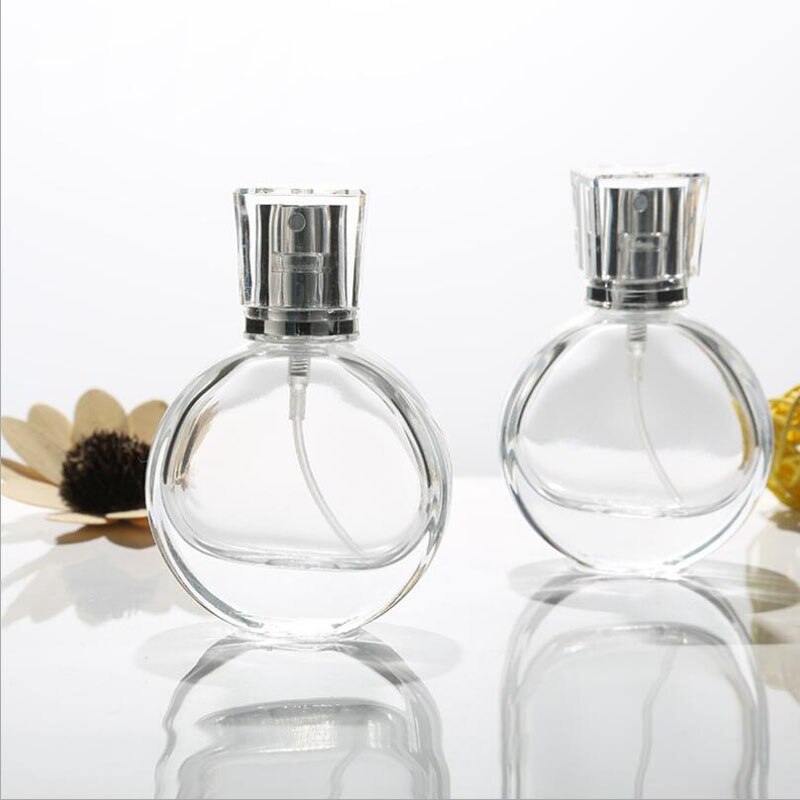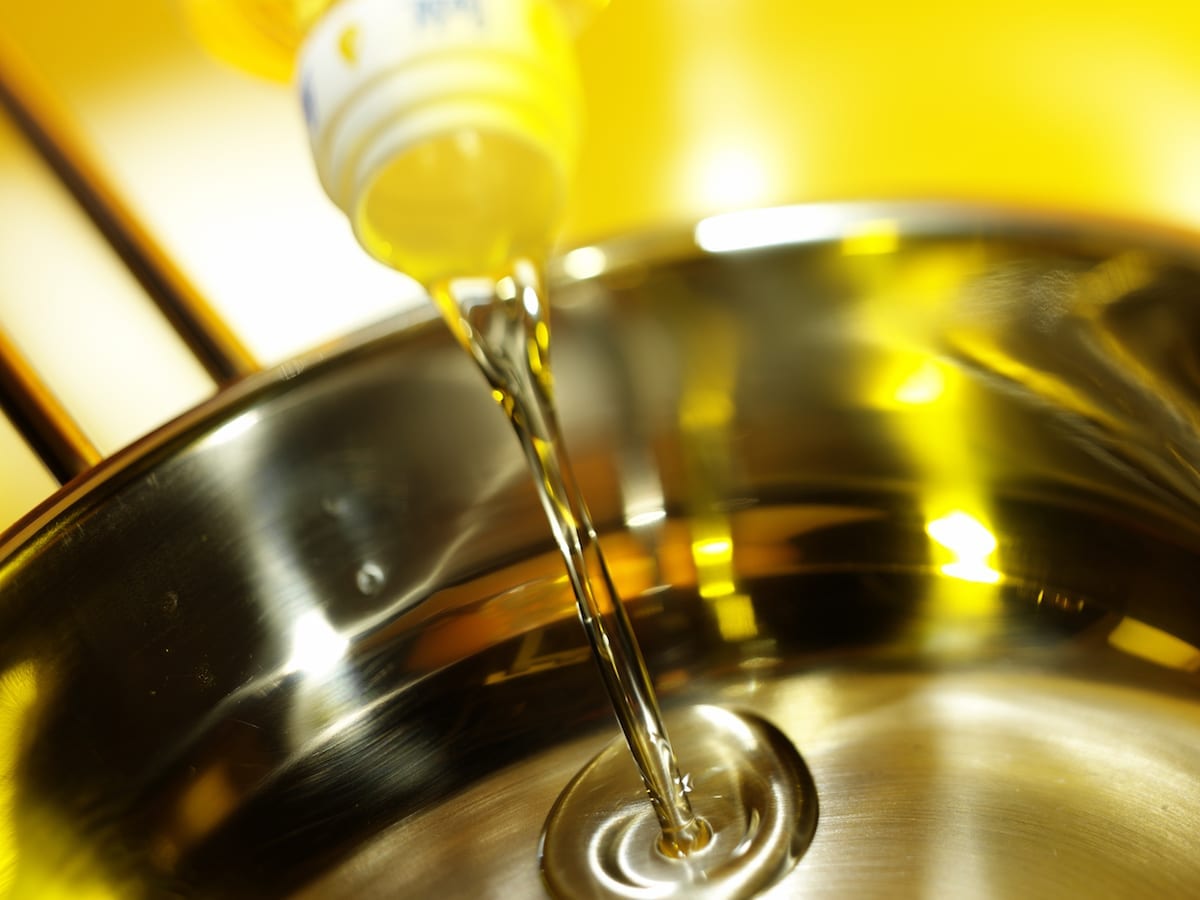How to Guide: The Effects of Heating Olive Oil
Introduction:
Olive oil is a popular and versatile cooking oil that is widely used in various cuisines for its rich flavor and health benefits. However, it is important to be aware of the effects of heating olive oil, as improper use can diminish its nutritional value and even lead to the formation of harmful compounds. In this guide, we will explore the impact of heating olive oil and provide guidelines on how to use it effectively to maximize its benefits while minimizing any potential risks.
Step 1: Understanding Smoke Point
The smoke point of olive oil is the temperature at which it starts to smoke and break down, resulting in the release of unpleasant odors and harmful free radicals. Different types of olive oil have varying smoke points, which are influenced by factors such as the quality of the oil, the presence of impurities, and the degree of refining. Generally, extra virgin olive oil has a lower smoke point (around 375°F or 190°C), while refined olive oil has a higher smoke point (up to 470°F or 245°C). It is crucial to know the smoke point of the olive oil you are using.
Step 2: Choosing the Right Olive Oil
To minimize the negative effects of heating, it is advisable to use olive oil with a higher smoke point for cooking methods that involve higher temperatures, such as frying and sautéing. Refined olive oil or pure olive oil can be suitable choices for these purposes. For dishes that require lower temperatures or gentle heating, such as dressings or drizzling over finished dishes, you can opt for extra virgin olive oil, which has a more delicate flavor and higher nutritional content.
Step 3: Avoid Overheating
Overheating olive oil can lead to the breakdown of its beneficial compounds and the formation of potentially harmful substances. It is crucial to prevent the oil from reaching its smoke point. When heating olive oil, use medium or medium-high heat and keep a close eye on the temperature. If you notice the oil starting to smoke, remove it from the heat immediately to prevent further damage.
Step 4: Proper Storage
Proper storage of olive oil is essential to maintain its quality and prevent a decline in its nutritional value. Exposure to light, air, and heat can accelerate the oxidation of the oil, leading to rancidity and a decrease in its beneficial properties. Store olive oil in a cool, dark place, preferably in a dark-colored glass bottle or airtight container. Avoid placing it near the stove or any heat sources.
Step 5: Balancing Health Benefits and Flavor
While heating olive oil can result in some loss of its nutritional value, it still retains many of its health benefits. It is a good source of monounsaturated fats, which can help improve heart health and reduce inflammation. To strike a balance between preserving the health benefits and enhancing the flavor of your dishes, consider using a combination of different oils. For example, use extra virgin olive oil for low-heat cooking and drizzling over salads, and reserve the refined olive oil for higher-heat applications when needed.
Conclusion:
Understanding the effects of heating olive oil and using it properly can help you make the most of this versatile and nutritious cooking oil. By choosing the right type of olive oil for each cooking method, avoiding overheating, and storing it appropriately, you can enjoy its distinct flavor and reap its health benefits while minimizing any potential risks. Remember to be mindful of smoke points, and enjoy the cooking process with the knowledge that you are making informed choices about the way you use olive oil in your culinary adventures.

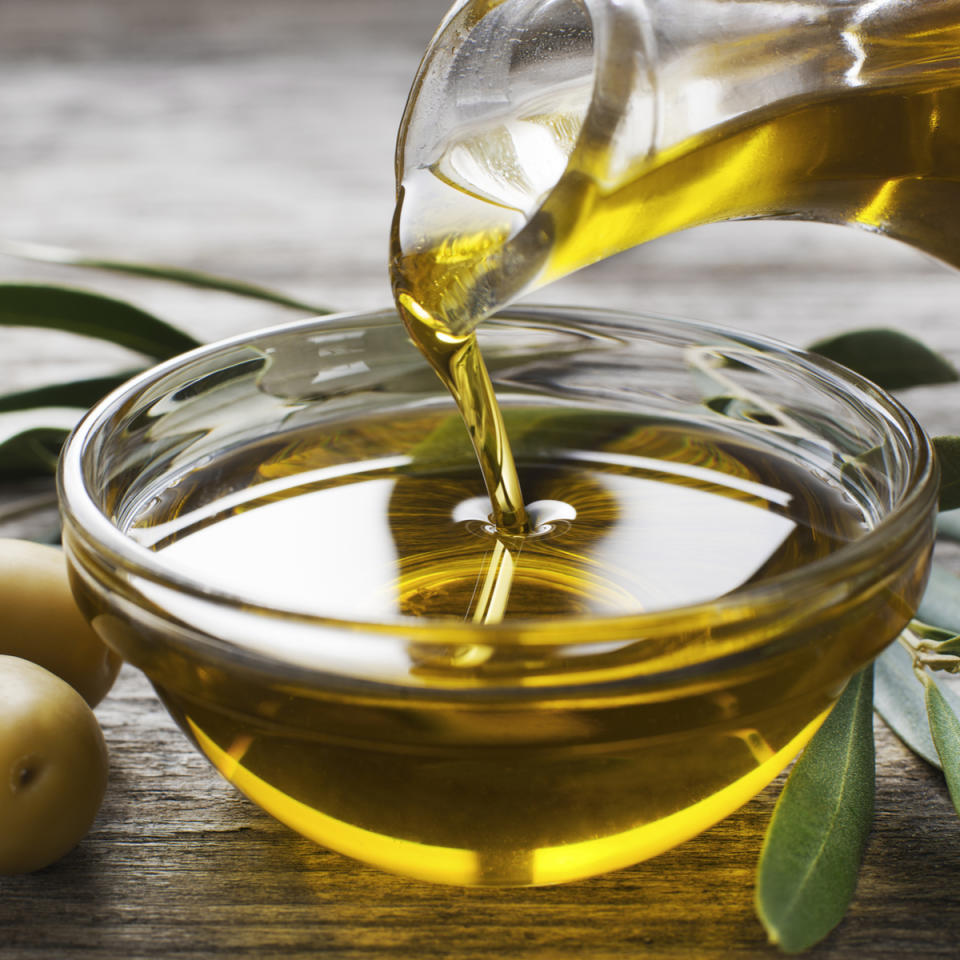
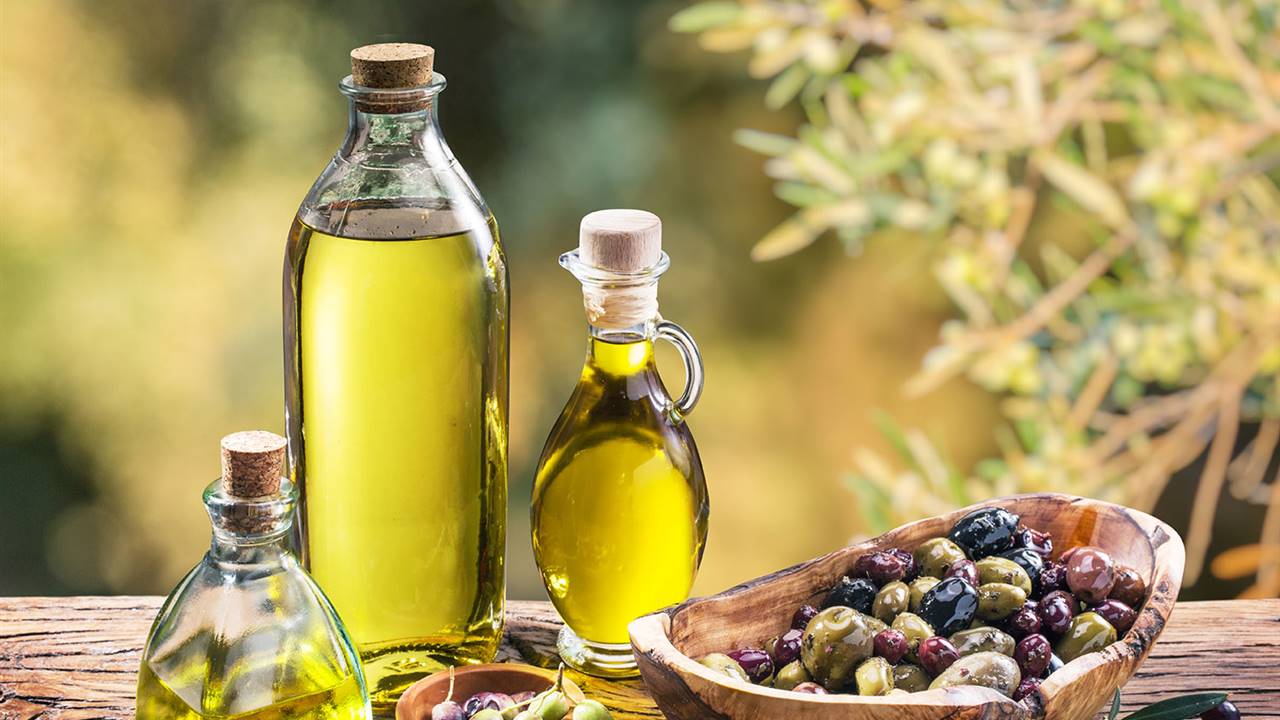
 Admin
Admin 